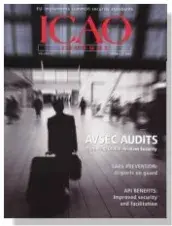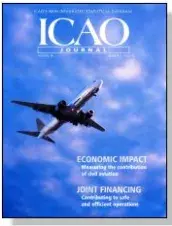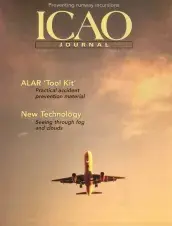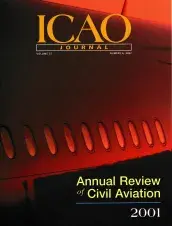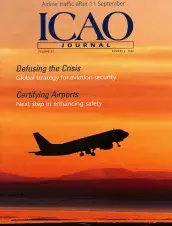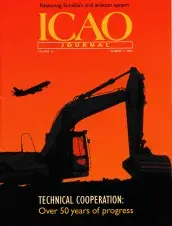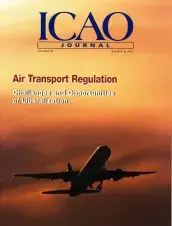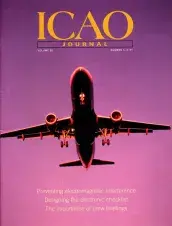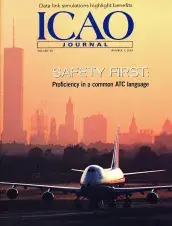国际民航组织期刊
The objective of the Journal is to provide a concise account of the activities of the International Civil Aviation Organization and to feature additional information of interest to Contracting States and the international aeronautical world.
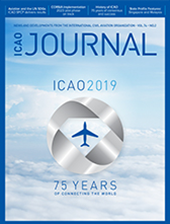 (ICAO Journal is available in English only from 2013)
(ICAO Journal is available in English only from 2013)
Feature articles in this edition focus on safety oversight developments. Included is an overview of the ICAO Universal Safety Oversight Audit Programme (USOAP): five years after its launch, USOAP is preparing to widen its focus to all safety-related provisions contained in the annexes to the Chicago Convention.
Both controlled flight into terrain (CFIT) and approach and landing accidents are known to be major contributors to the aircraft hull loss and passenger fatality statistics. As the article on page 5 indicates, a new "tool kit" for approach and landing accident reduction provides material that can be directly" used in developing training and accident prevention programmes.
Several articles inside this issue focus on the role of technical cooperation, a permanent priority for ICAO. For more than half a century, the organization's technical cooperation programme has been helping countries around the world to improve all aspects of their civil aviation administration and infrastructure.
Several articles in this edition focus on the key issues related to the liberalization of the air transport environment. In March 2003 ICAO will hold a conference that is expected to develop a framework for the progressive liberalization of international air transport while providing various safeguards, including measures to ensure the effective and sustained participation of developing countries.
In recent years the level of electromagnetic interference experienced by aviation has grown dramatically. The increasing pressure on the utilization of the radio frequency spectrum requires that special measures be taken to preserve the interference-free operation of essential radiocommunication and radio navigation services.
Most of our feature articles this month focus on air traffic management, including an article on the need to strengthen provisions for proficiency in a common aviation language. The potential consequences of an aviation mishap as a result of ambiguous communication or lack of language proficiency are serious enough that experts are reviewing ways to address the issue as a matter of priority.
